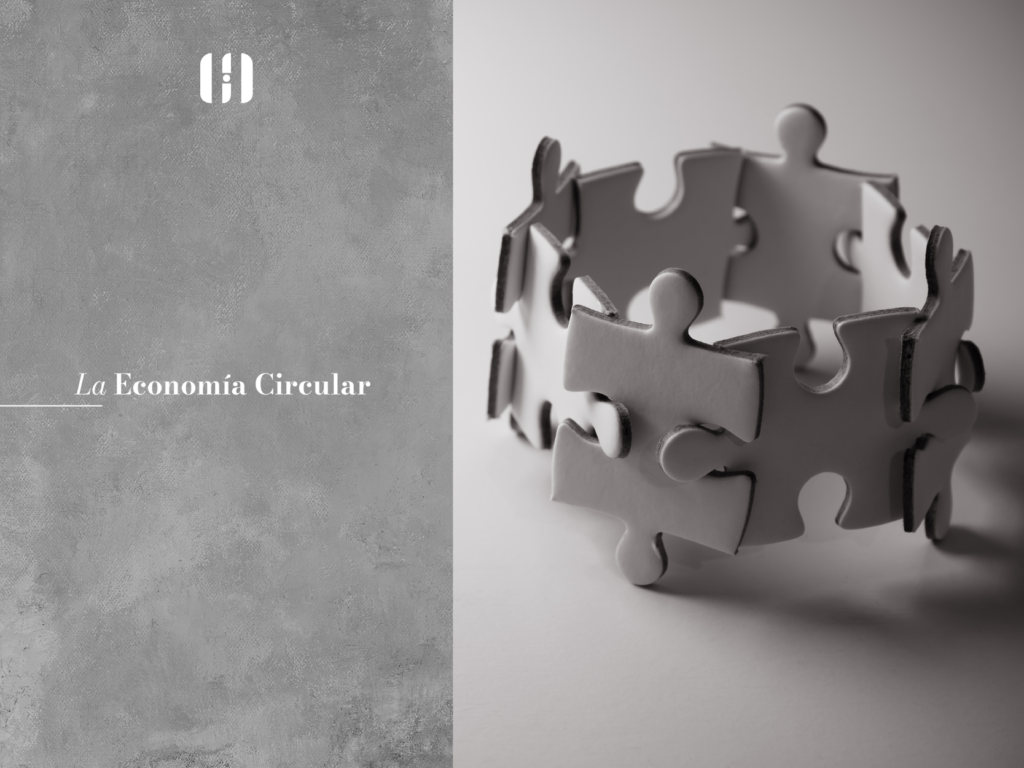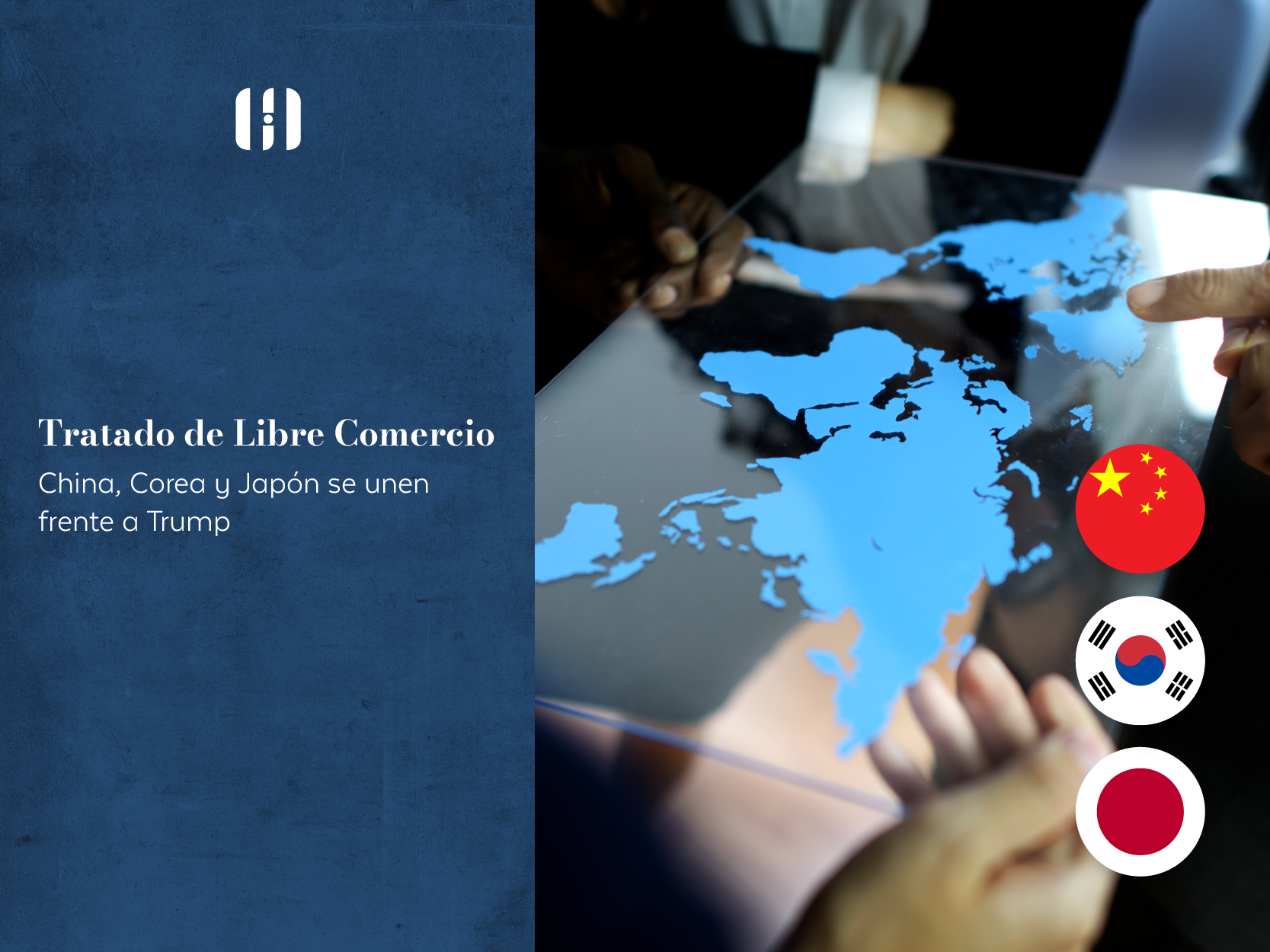The emergence of the concept of the circular economy is due to the growing awareness of the planet’s limited resources and the need to conserve them.
This type of economy involves reducing, reusing, repairing, and recycling products and materials to minimize waste. The idea is to keep resources in circulation for as long as possible, rather than following the traditional model of production, consumption, and disposal. This helps preserve the environment and limit the impact of human activities on the planet.
The transition to a circular economy is based on several pillars:
- Sustainable sourcing: taking into account the environmental and social impacts of the resources used, particularly those related to their extraction and exploitation.
- Industrial and local ecology: creating synergies and pooling material, energy, water, infrastructure, goods, and services flows between various economic agents to optimize the use of local resources.
- Functionality economy: prioritizing use over ownership, selling the benefits of use rather than a service or product, and developing cooperation between individuals and professionals.
- Extending the life of products: by repairing, selling, or buying second-hand items, donating, reusing, and upcycling them.
- Improving waste prevention, management, and recycling, including reinjecting and reusing waste materials in the economic cycle.
Why Invest in the Circular Economy?
Investors often incorporate considerations beyond traditional financial measures in their investment decision-making process. This concept is known as performance additionality. The circular economy, in which materials and resources are reused and waste is avoided, has the potential to deliver economic benefits and provide a pathway to additionality.
A study from the University of Oxford shows that companies with strong environmental, social, and governance (ESG) practices have lower risks and better long-term financial performance. They also show better operational performance and higher stock market value. In this way, investors can identify growth opportunities and promote the adoption of the circular economy. This is already happening, and assets in circular economy funds are expected to multiply sixfold between January and September of 2020, reaching $2 billion, according to the Ellen MacArthur Foundation.
The circular economy offers a range of benefits to companies and investors. First, it saves on packaging costs with initiatives such as reusable packaging in the beauty and food service sectors. By adopting sustainable practices, companies respond to consumers’ growing environmental concerns, improving their brand image and attracting new customers.
The circular model strengthens supply chain resilience by reducing dependence on raw materials and offering greater cost stability. It also partially reduces greenhouse gas emissions by decreasing waste and using reusable resources that contribute to carbon neutrality. Additionally, as regulations related to the circular economy evolve, companies can anticipate these changes, avoid fines, and position themselves as market leaders. Finally, participating in the circular economy allows companies to diversify their operations by creating new products from recovered materials, opening up new economic opportunities.




